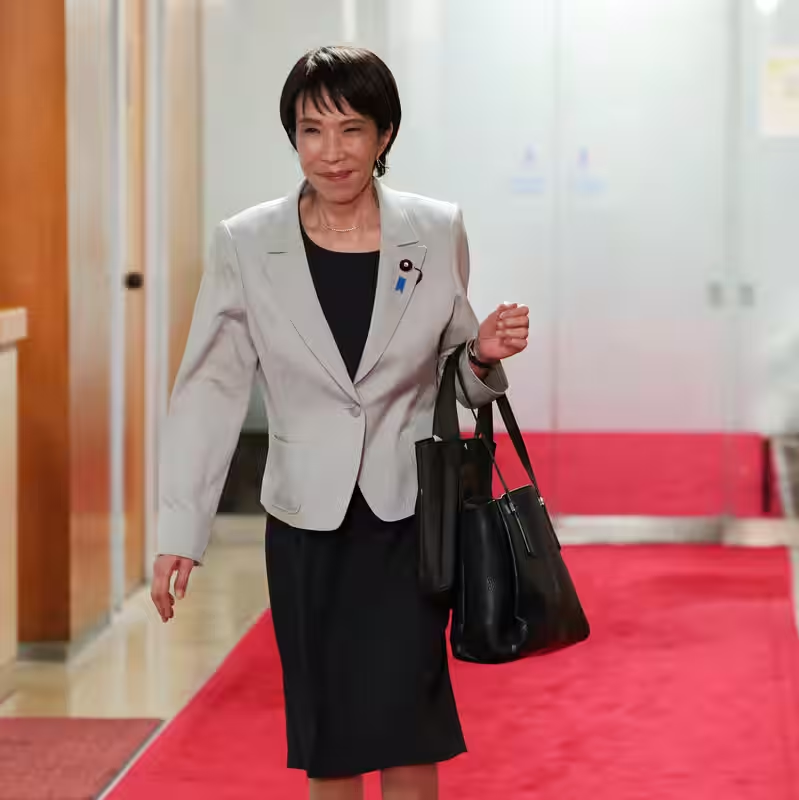Sanae Takaichi is on the verge of making history as Japan’s first female prime minister—a groundbreaking moment in a country where women remain vastly underrepresented in leadership. But as the nation prepares for this political milestone, a pressing question lingers: Will her rise translate into real progress for women’s rights?
Sanae Takaichi: Breaking Barriers in a Male-Dominated Arena
On Tuesday, October 21, 2025, during an extraordinary session of Japan’s Parliament, Sanae Takaichi is expected to be officially named the country’s next prime minister. At 64, the hard-line conservative lawmaker—who openly admires former British Prime Minister Margaret Thatcher—would become not only Japan’s first woman to hold the office but also the first female head of government in centuries .
Her appointment marks a symbolic crack in Japan’s political glass ceiling, long reinforced by cultural norms that assign women disproportionate responsibility for childcare and domestic duties. Yet, Takaichi’s conservative stance on social issues has sparked skepticism among gender equality advocates.
Will Sanae Takaichi Champion Women’s Rights?
Despite her historic position, Takaichi has consistently aligned herself with traditional policies that many argue have hindered gender equity in Japan. Critics worry that her leadership may prioritize nationalist and economic agendas over meaningful reforms like pay equity, parental leave expansion, or increased childcare access.
“She’s breaking the ceiling, but will she hold the door open for others?” asked Dr. Yuki Tanaka, a gender studies professor at Kyoto University. “Her record suggests she’s more interested in power than in progressive change.”
Public Reaction: Hope Meets Skepticism
Japanese women are divided. Some see Takaichi as a role model—a strong, unapologetic leader in a system stacked against them. Others fear her appointment is performative, a strategic move by the ruling Liberal Democratic Party (LDP) to appear modern without enacting real reform.
“This is a first for Japan,” said Hikari Minagawa, 19, a student at Otsuma Women’s University in Tokyo. “I want Takaichi to make it easier for women to become politicians and representatives. Stepping confidently into the political world for women—I think she’ll be able to achieve that. Takaichi is strong. She’s cool.”
Yet detractors point to recent comments by male LDP lawmakers, one of whom likened Takaichi to a “bride who married into a powerful faction”—a remark that underscores the entrenched sexism she’s up against, even as she ascends to its highest office.
Japan’s Gender Gap by the Numbers
| Metric | Japan’s Rank (Global) | Notes |
|---|---|---|
| World Economic Forum Gender Gap Index (2025) | 125th out of 146 | Lowest among G7 nations |
| Women in National Parliament | 10.3% | Among the lowest in OECD |
| Female Managers in Workforce | 13.2% | Far below global average |
What’s Next for Women in Japanese Politics?
Takaichi’s leadership will be closely watched. If she uses her platform to advocate for affordable childcare, flexible work policies, and stronger anti-discrimination laws, her tenure could catalyze long-overdue change. But if she maintains the status quo, her historic appointment may remain just that—a symbol without substance.
Either way, her rise forces Japan to confront a fundamental question: Is representation enough, or must it be paired with reform?




